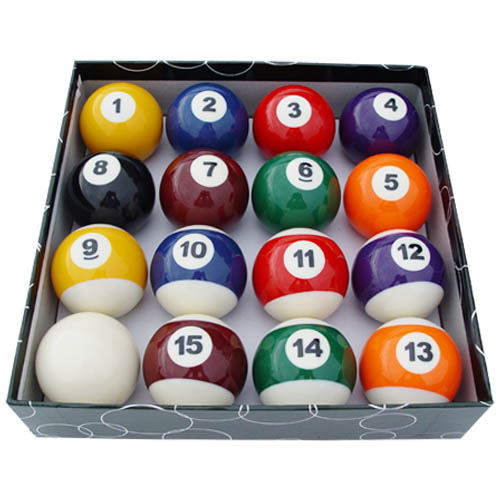Know When to Let Your Body Heal
A couple days ago, I had an AWESOME training session. It was the kind that literally makes your entire day great. You smile more, food tastes better and the air smells fresher. Okay, I am stretching things a bit, but I did a couple of my favorites: Deadlifts and Chins Ups. My main focus is Hypertrophy so, my Deadlifts weren’t heavy singles, I was doing sets of 10. On the Chin Ups, I did a bit slower eccentric descent than I normally do. I usually go for a 2 count, but this time it was closer to a 4 count. While 2 seconds might not seem like a big difference, the increase in time under tension caused a noticeable increase in soreness.
Then, the next morning came…I opened my eyes and went to go roll over and I whispered some lovely expletive (can’t remember now), but I felt like I had just slept on a set of billiard balls. It was not my bones, ligaments, tendons or discs, it was very distinctly my Lats. I did some foam rolling right away to work through this and when I did, I was seeing stars! I was fine the rest of the day, when I was not doing anything, but I was reminded of my slow eccentric Chin Ups whenever I turned or lifted anything. The next day was my day to train, but I still felt like my back was 50/50 at best. Should I fight through the pain? Be a man? I chose to be SMART and know when to let my body heal.
I don’t think you should have an absolute rule in place, it is a case by case basis. I don’t advocate giving up on a tough rep b/c you are sore and I don’t think a little soreness should be a reason to not go to the gym. BUT, the human mind is an amazing machine and if you have an intuition that if you push something, you might really mess yourself up then, DON’T DO IT!!! I would rather be in the gym at 80 or 90% than being at 40 to 50% and some active recovery with foam rolling, stretching or a massage can make that difference. Not only that, but when you are in real pain, your lifts are going to suffer, you will have a sub-par training session and you will feel even worse both physically and mentally. So, know when to push through and know when it is time to back off.
As you become more advanced in training experience and you become wiser, you will learn how to read yourself very accurately. When I began training hard and consistently, I went to go do some wide grip pull ups and after a few sets, I felt like someone was trying to hammer a nail into my left shoulder. Well, rather than let it heal, I decided to FIGHT THROUGH THE PAIN! The next day when I was doing pullovers, I felt my shoulder go out of whack. In my idiocy of “fighting through the pain”, I ended up suffering a painful subluxation of my left shoulder. Thank God I didn’t dislocate it or tear up my Supraspinatus, Subscapularis Teres Minor or Infraspinatus, but I had learned my lesson the hard way. It’s better to be lucky than good and I was pretty damn lucky when that happened.
Please heed my advice and know when to heal, you will be happy you did ![]()
Did you enjoy this post? Buy me a cup of coffee ![]()






although you would think that all the research is right. i have found that low reps (4 to 6) on dead lifts is giving me great muscle gains in my back and upper body. so don’t discount that you can get hypertrophy from low reps on certain exercise. one workout low reps and the next moderate reps and one day max of 12 reps. anything above 12 reps on a power move is really going to blow up your lungs and you will feel it for days, but thats not bad either. good luck.
Thanks for the insight Wayne, I will keep that in mind. There is always debate about research versus “in the trenches” experience. For me, I read a lot of research, but I don’t recommend things to others until I try it myself first. That way I KNOW it works rather than hoping something works because the latest research says it does. There are also a lot of variables in research that are difficult to replicate in a real world setting in the average gym.